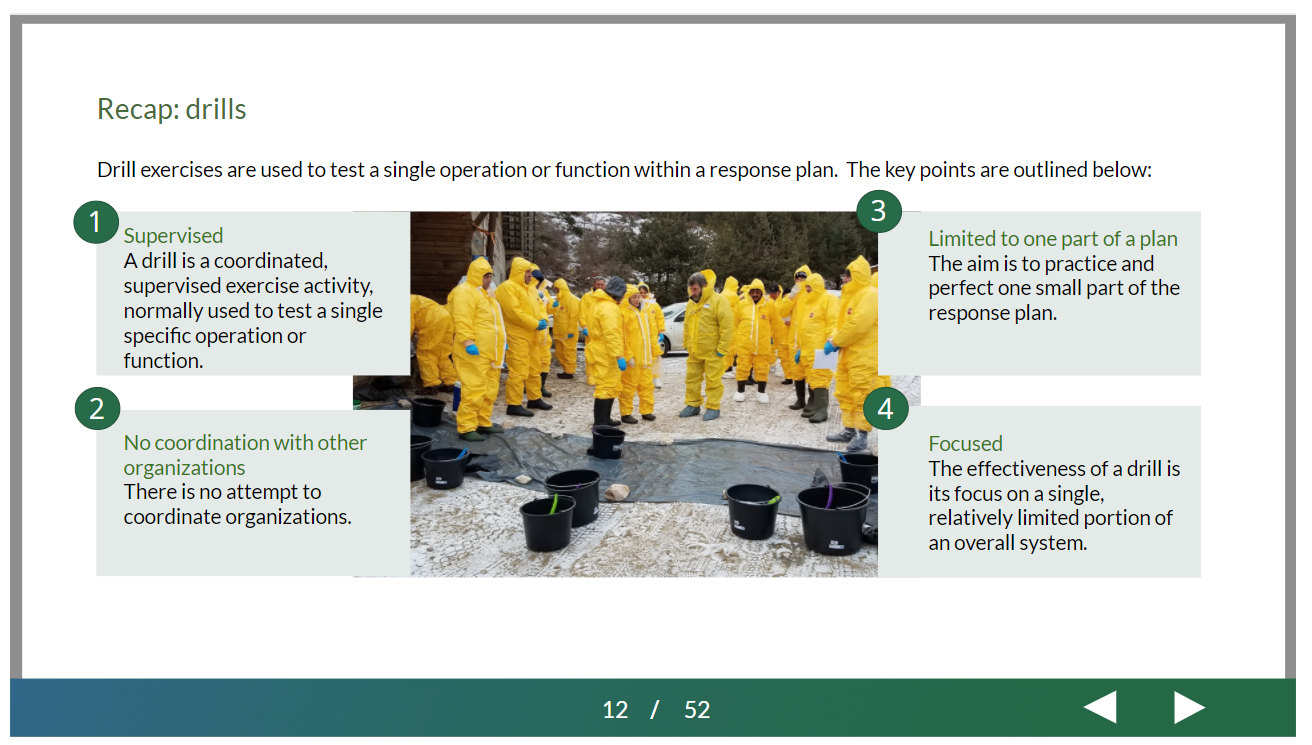Case Study: Organizing FAST Simulation Exercises
Case Study: Organizing FAST Simulation Exercises
A face-to-face workshop planned in Budapest that finished online
The EuFMD began organizing a four-day face-to-face workshop where 17 people were expected from 16 different EuFMD Member Nations.
The workshop would have included presentations, and mainly practical work in teams. With the COVID19 travel restrictions, the workshop was transformed into a tutored online course, over four weeks, with 12 hours of estimated study.
How was the virtual training organized?
Learning objective
|
Methodology |
|---|---|
|
Explain the importance of simulation exercises for improving emergency preparedness, and the purposes for which they can be used. |
|
|
Develop a needs-based, multi-year exercise programme using a progressive approach. |
|
| Explain the importance of setting the objectives before moving to the planning phase and develop a concept note for a simulation exercise. |
|
|
Plan a small scale simulation exercise of at least one type (tabletop, drill). |
|
| Describe the tasks to be carried out by the different roles in any type of simulation exercise. |
|
| Draft an evaluation plan for a simulation exercise. |
|
|
An additional objective was made on a voluntary basis, as it was more challenging to achieve, involving practicing how to conduct a simulation exercise: Take on an active role as director, facilitator, evaluator or player during the conduct of one type of simulation exercise (tabletop, drill, functional). |
Create
a short video showing how a simulation exercise would be conducted. We
received some very creative videos! |
What did we learn?
- The online format allowed us to train a higher number of people (from 17 people that were foreseen in the face-to-face workshop to 67 who completed the online course).
- The four-week duration of the course allowed time for participants to complete assignments that would not have been possible during a four-day workshop. The participants found the assignments to be one of the most useful parts of the course.
- Nearly all of the initially planned learning objectives could be achieved through the online format.
- The content created for this course has been used to develop a shorter open access online course.
- The support documents developed to assist the participants will be used as resources for contingency planners under the GET Prepared project.

